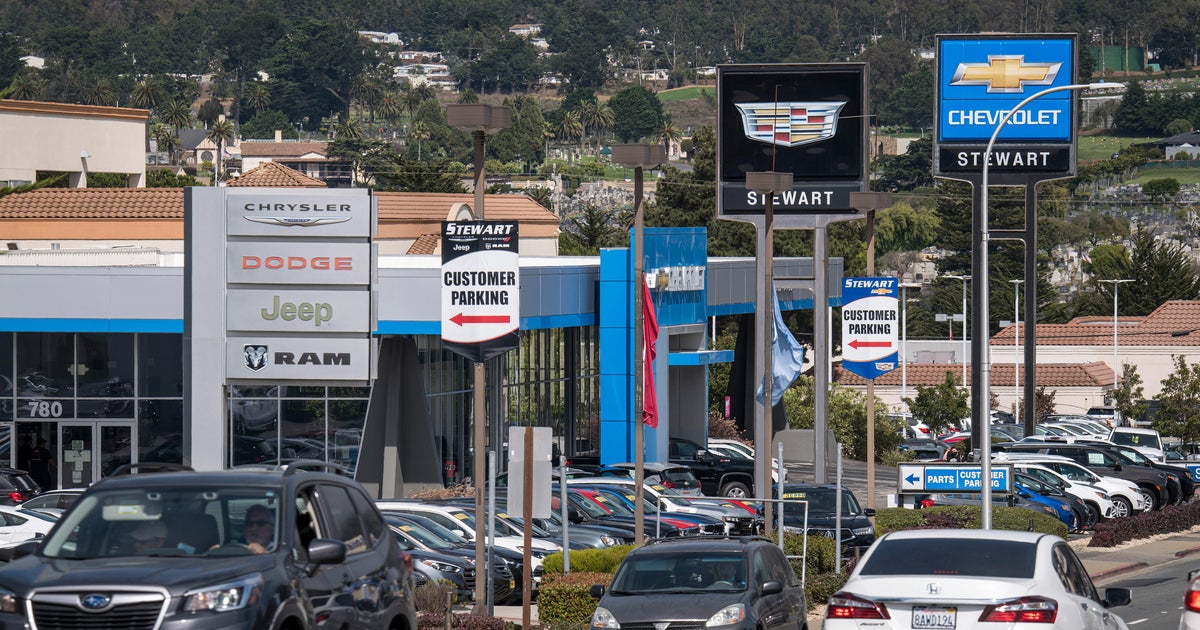
Americans continue to fall behind on auto loan payments amid record-high car prices and elevated interest rates. A recent study by VantageScore reveals that auto loan delinquency rates have surged by more than 50% over the past 15 years. This troubling trend persists even as delinquency rates for other types of loans—including credit cards, personal loans, and home equity loans—have declined.
“Back in 2010, auto loans were the least risky of all credit products at that time,” Rikard Bandebo, chief economist at VantageScore, explained in a recent video. “Now, looking ahead to 2025, auto loans are actually the riskiest credit product when excluding student loans.”
### Auto Loan Delinquencies on the Rise
While the number of Americans falling behind on car payments has been growing for years, auto loan delinquency rates have recently picked up after a pandemic-induced dip. According to the latest data from the Federal Reserve, auto loan delinquency rates—measured as loan balances at least 30 days past due—stood at 3.8% in June 2024, marking the highest level since June 2010.
VantageScore’s data shows this rise in delinquencies spans all household income groups. Interestingly, delinquency rates among prime borrowers have climbed faster than those among subprime borrowers on an absolute basis.
Susan Fahy, executive vice president and chief digital officer at VantageScore, noted, “The broad-based decline in consumer credit quality indicates that economic pressures are no longer concentrated among certain VantageScore credit tiers and income levels.”
### Loan Amounts and Monthly Payments Climbing
The study also found that the average auto loan amount has increased by 57% over the past 15 years—a bigger jump than seen in any other loan category, including mortgages.
One of the main reasons more car owners are falling behind is the rapidly increasing monthly payments. Federal Reserve data shows that average monthly payments rose roughly $130 from January 2020 to January 2023, reaching $600.
By comparison, in the three-year period from January 2017 to January 2020, average monthly car loan payments increased only about $40, from $430 to $470. Payments continue to escalate: one in five new car loans now have monthly payments exceeding $1,000, according to auto researcher Edmunds.
### Why Are Payments Ballooning?
Behind these rising payments are soaring car prices and higher interest rates. The average cost of a new vehicle surpassed $50,000 as of September 2023, according to data from Cox Automotive—the highest it’s ever been.
“Prices for both new and used vehicles surged during and after the pandemic and haven’t come down,” Stephen Kates, a financial analyst at Bankrate, told CBS News via email. These higher vehicle costs have prompted more buyers to finance their purchases, often at increased interest rates.
September data from Edmunds shows the average auto loan rate was about 7% for new cars and approximately 11% for used cars.
“The combination of elevated prices and borrowing costs has led to longer loan terms, which increase total interest paid and raise the risk of borrowers becoming underwater, as their cars depreciate faster than they pay down the loan,” Kates explained.
### Broader Economic Factors at Play
Experts also point to broader economic conditions influencing rising delinquency rates. Fahy from VantageScore highlighted that, in addition to higher borrowing costs, inflation and an uncertain employment landscape contribute to the increase in auto loan delinquencies.
As Americans face these mounting financial pressures, managing auto loans has become increasingly challenging, raising concerns about the overall health of consumer credit in the coming years.
https://www.cbsnews.com/news/auto-loan-payments-deliquencies-vanatagescore-study/




